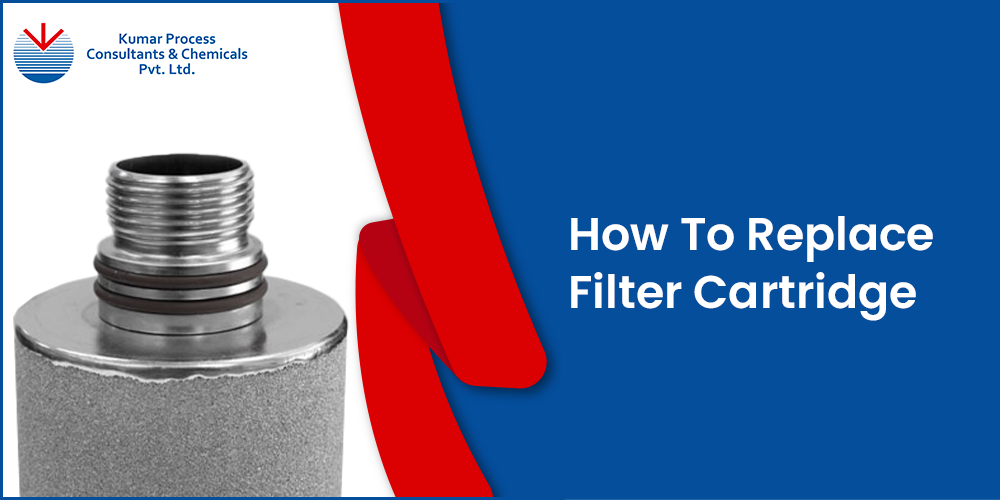


Efficient filtration is crucial for many industrial processes, and filter cartridges are vital for removing contaminants and ensuring smooth system operation. Over time, these filtration cartridges can become clogged or worn out, reducing their effectiveness. Recognizing the signs that a replacement cartridge needs to be installed is key to maintaining optimal performance. By staying attentive to these signs and practicing proactive maintenance, you can ensure your filtration system operates at its best and extends its lifespan.
In this guide, we’ll walk you through the process of filter cartridge replacement, providing steps and timing recommendations to ensure your filtration system continues to function effectively.
Cartridge filters are tube-shaped filters used to clean liquids or gases by removing unwanted particles, dirt, and chemicals. They fit into filter housings or casings and are designed to keep the liquid clean and pure. These filters are effective at capturing even the tiniest of contaminants, making them ideal for various industries that require high-quality filtration.
The working principle of cartridge filters involves cleaning liquids or gases by utilizing a filter element to trap solid particles. When dirty liquid or gas enters the filter, it passes through a porous element made of materials like paper or cloth. Larger particles are caught on the surface or within the filter material, depending on the filter type. Over time, as more particles build up, a layer forms that helps capture even smaller particles. Eventually, the filter can get clogged, so it needs to be cleaned or replaced regularly to keep working effectively.
• Reduced Flow Rate: If you notice a drop in the flow or pressure of the filtered fluid, the cartridge filter might be clogged and needs replacing.
• Increased Pressure: A sudden rise in the differential pressure means the filter cartridge is blocked and should be replaced.
• Lower Filtration Efficiency: If the cartridge isn’t catching contaminants well and the filtered fluid quality drops, it's time for a new one.
• Changed Water Quality: If the filtered water's color, taste, or odor changes, the filter cartridge may no longer be effective and needs to be replaced.
Proper maintenance of your filtration system involves timely filter cartridge replacement to avoid reduced efficiency and potential damage. Understanding when and how to replace filter cartridges will keep your system running smoothly and extend its lifespan. At Kumar Process Consultants, we offer high-quality filter cartridges and expert advice to help you find the right replacements. Trust us to ensure your industrial processes remain efficient.
Cartridge filters efficiently remove particles and contaminants and come in various sizes. They enhance filtration performance and system lifespan. The right filter will depend on a lot of factors, like flow rate, particle size distribution of the contaminant, etc.
A cartridge filter traps particles and contaminants as fluid passes through it. The filter media inside captures impurities, ensuring only clean fluid exits.
Types of Filter cartridges include Wound (string-based), Melt Blown (captures particles throughout), Pleated (for higher flow rates), Sintered (sintered metal or ceramic), and Wire Mesh (metal mesh). Each type meets specific filtration needs.